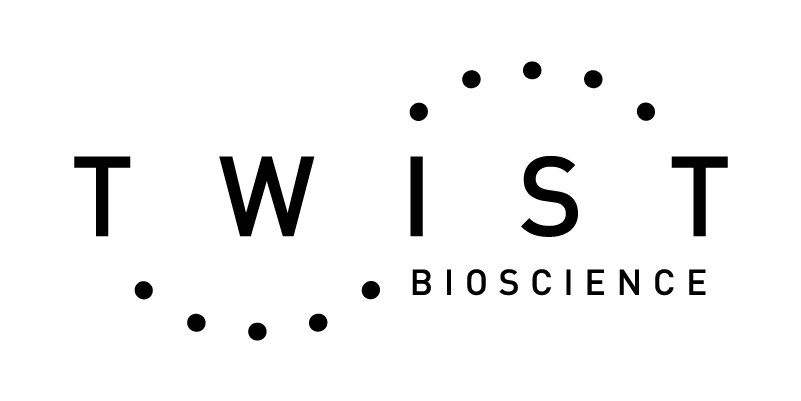First published in 2019, the technique of prime editing offers significant advantages over other genome editing methods, such as CRISPR/Cas9. One critical benefit is the introduction of single-strand, rather than double-strand breaks in the target DNA, which allows the more accurate mismatch repair mechanism to be deployed — reducing the number of unwanted and erroneous edits. In addition, prime editing can install a wider range of edits, including transitions (interchanges of purines or of pyrimidines) and transversions (purines to pyrimidines, and vice versa), as well as deletions and insertions.
Despite its promise, the factors that govern the successful integration of short sequences to a genomic target using prime editing remain unclear.
In this webinar, researchers from the Wellcome Sanger Institute, UK, will describe their ground-breaking work analyzing thousands of insertion sequences in different genomic contexts to understand and predict prime editing insertion efficiencies.
In this webinar you will:
- Discover the impact of sequence length, composition, and secondary structure on prime editing insertion rates
- Hear how the 3' flap nucleases TREX1 and TREX2 suppress the insertion of longer sequences
- Learn about MinsePIE, a free web application for accurate prediction of insertion efficiency
- Find out how high-quality Twist Oligo Pools supported this cutting-edge research




